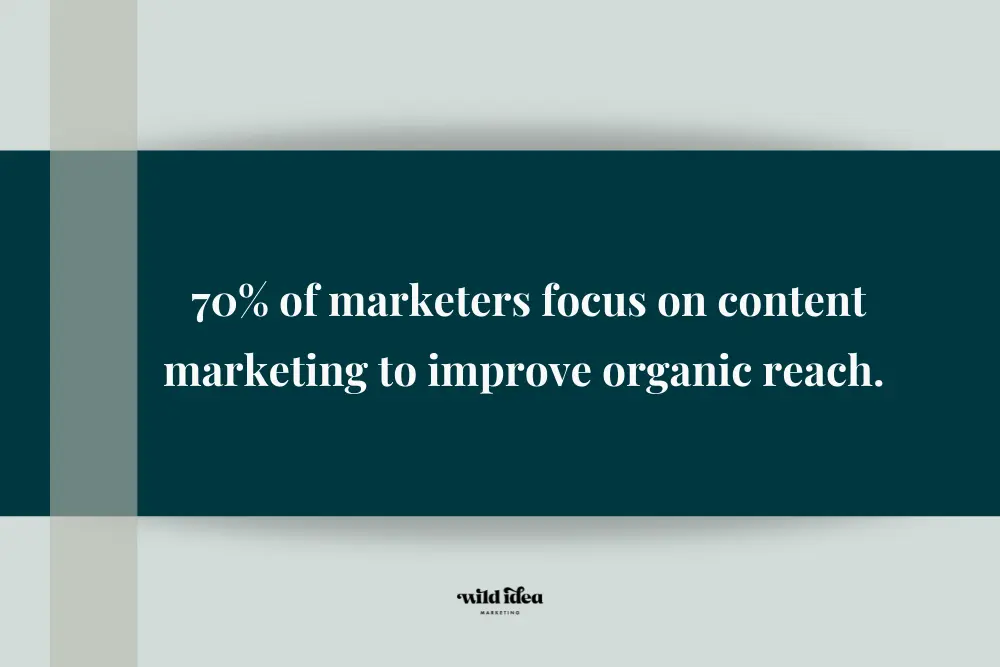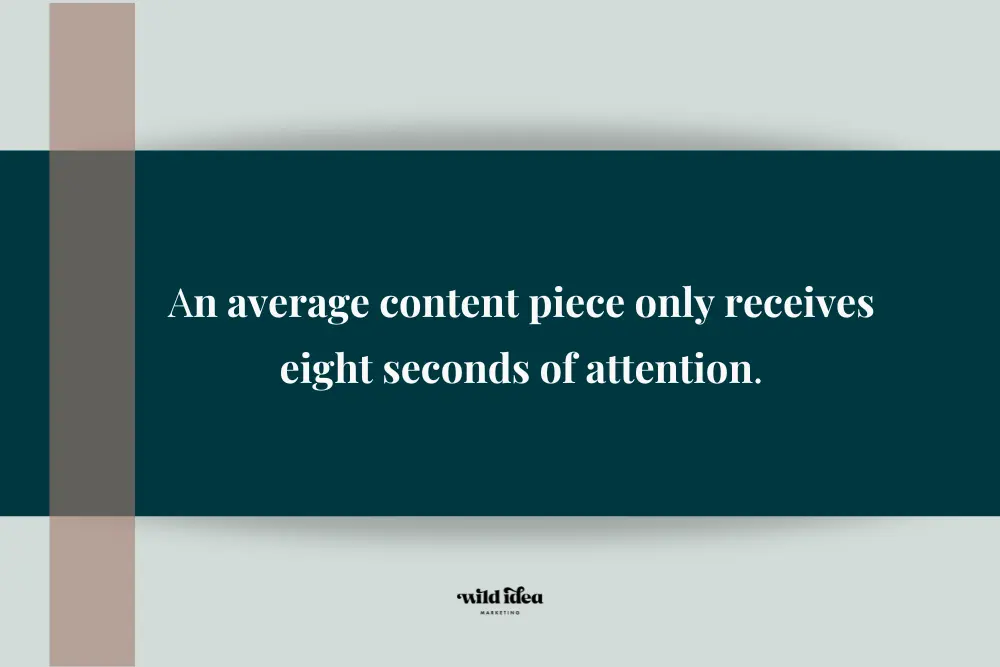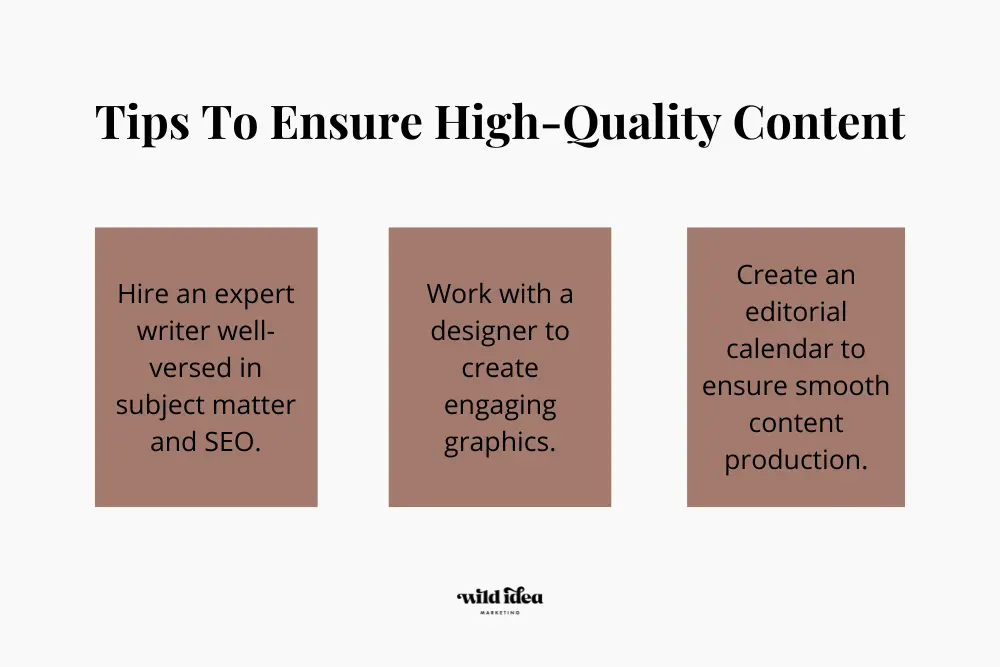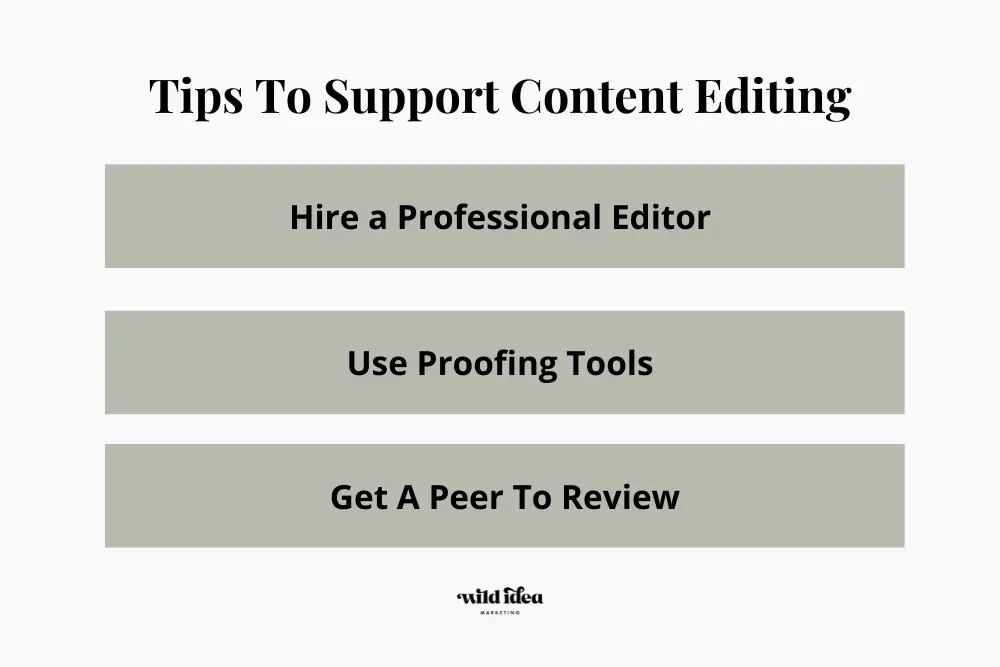A content framework is a repeatable process that helps standardize content creation for your company. It ensures consistent quality content with a uniform style and voice across all channels.
Around 70% of marketers focus on content marketing to improve their organic reach. Successful content marketers will create content like articles, blog posts, infographics, etc.— many times in a short span. During this process, many people find it hard to come up with ideas or get stuck in the nitty-gritty, losing sight of the bigger picture, i.e., their content goals.
A content framework ensures adherence to the content plan without distraction from minor setbacks or intrusions during content production or delivery. Let’s quickly see how you can create a content framework that can keep you on track and ensure high-quality content appreciated by readers and search engines alike.

Plan Your Content Strategy
Before you make your content framework, it is crucial to plan your content strategy. It includes deciding on the content goals and determining the kind of content you should create to reach them. A content strategy will also help you stay on track and create high-quality content with a clear purpose.
Here are a few questions to ask yourself when planning your content strategy:
- Who is your target audience?
- What kind of content will resonate with them?
- What message do you want to communicate with your content?
- What are your ultimate content marketing goals?
- What kind of tone should your content have?
- What content types will you use?
For example, if you’re a B2B company, you might want to create content that educates your target audience on your product or service. Or, if you’re a B2C company, you might want to create actionable and informative content.
Once you know what kind of content you want to create, you can start planning your content framework.

Read more: https://getwildidea.com/four-components-content-strategy/
Step 1: Topic And Headline Ideation
The first step is to finalize a list of topics to create as your content. Perform keyword research, and based on your content strategy, prioritize topics so that you can get serious about turning those keywords, in the decided upon order, into fully-formed topics and catchy headlines.
The type of topics you choose will depend on the goals of your project. For instance, if you’re creating something for link attraction purposes, you will want to choose keywords that align with topics people will need to reference (statistics, calculations, costs, etc) then plan a catchy headline that will win clicks in the SERP. For SEO articles, you’ll want to ensure you choose keywords that solve a problem for your customers and create a unique headline that comes at the topic from a unique angle.
Here are some other ways to come up with fresh ideas:
- Brainstorm With Your Team: Get together with your team members and bounce off ideas.
- Using Content Idea Generators: Online idea generators like BuzzSumo can help you develop ideas for your content.
- Check Out What’s Popular: Determine trending topics with the help of tools like Google Trends.
- Keep A Running List: Whenever you think of a content idea, write it down so you can return to it later.
Once you have your list of topics, you can start creating headlines. A good headline will make people want to read your article and feel confident that the information they want is just a click away.
According to Copyblogger, 80% of people will read your headline, but only 20% will continue reading the content. The headline is crucial in getting people to read your content.
For example, let’s say you’re a travel blogger. Some potential topics and headlines for your content could include:

Step 2: Assign Responsibilities To The Right People
The next step in creating your content framework is to assign responsibilities to the right people for each stage of content creation. This includes everything from ideation and planning to writing, editing, and publishing.
- Ideation: Select brainstorming partners and tools to come up with content ideas.
- Planning: This is when you make your content plan. It includes creating an editorial calendar and assigning deadlines and task owners.
- Writing: This is the stage where you actually write your content. If you’re working with a team, this is the time when you assign writers to each article.
- Editing: This is where you need editors to edit your content for clarity, conciseness, and grammar.
- Publishing: Publish your content on your website or blog at this stage. Once your content is published, it’s essential to promote it through social media and other channels.
By assigning responsibilities to the right people for each stage, you can ensure that your content is created and published promptly.

Step 3: Content Creation
This step includes writing the articles, making videos, recording voiceovers, and designing the graphics. It’s where your content creation team rolls up their sleeves and gets to work.
The crucial thing is to deliver what your audience expects. Otherwise, people will click away, and you’ll lose traffic. According to Content Marketing Institute, an average content piece only receives eight seconds of attention. This means you have to make a good impression quickly.
To help ensure that your content is high-quality, here are a few tips:
- Hire An Expert Writer: A writer who is well-versed in your industry, as well as the basic principles of SEO, will be able to write helpful content optimized for relevant keywords and search intent.
- Work With A Designer: A designer can help you create engaging graphics that will capture people’s attention and stand above the competition.
- Create An Editorial Calendar: An editorial calendar can help you plan and organize your content to publish it on time.

Step 4: Editing And Revisions
After creating your content, editing and revising it before publishing it is essential. This is the stage where you check for clarity, concision, and grammar. The content framework should give proper emphasis to editing.
Here are a few tips to support the editing process:
- Hire A Professional Editor: A professional editor can help improve your content’s clarity, concision, and flow.
- Get Peer to Review: Get someone else to read your content. Another set of eyes can often catch errors that you missed.
- Use Proofing Tools: Use spell and grammar checkers like Grammarly to make sure no error is left.

Step 5: Publishing And Promotion
Once your content is ready, it’s time to publish it on your website or blog and promote it to your audience. While publishing, make sure of the following:
- Choose The Right Platform: There are many content management systems (CMS) so make sure to choose the right one for you and your audience.
- Optimize Your Content: Once you’ve published your content, make sure you’re doing everything possible to optimize it for on-page SEO. For example, use keywords in titles and meta descriptions and keep their lengths to the standard.
Once published, share your content on social media and through your email list. You can also reach out to influencers in the industry or journalists if your content is newsworthy. This way, you can promote your content, get backlinks and reach a wider audience.

Step 6: Optimize The Framework
After you’ve implemented your content framework, it’s essential to go back and optimize it based on its success and shortcomings. You may need to change the order of how things get done, how you assign task owners, or how you plan out your content based on many variable factors.
Optimizing your content framework regularly ensures your editorial process runs like a well-oiled machine. Creating a content framework can ensure that your content is always high-quality and engaging.
If you’re looking for help with content creation, our team of experts can help. We specialize in content marketing and can help you create a content strategy that drives results. Contact us today to learn more!
Karli is content marketing consultant behind Wild Idea, a content marketing and SEO collective focused on driving big results. With over 12 years in the marketing industry, she’s worked with brands large and small across many industries to grow organic traffic and reach new audiences. She writes on everything from marketing, social, and SEO to travel and real estate. On the weekends, she loves to explore new places, enjoy the outdoors and have a glass or two of vino!






